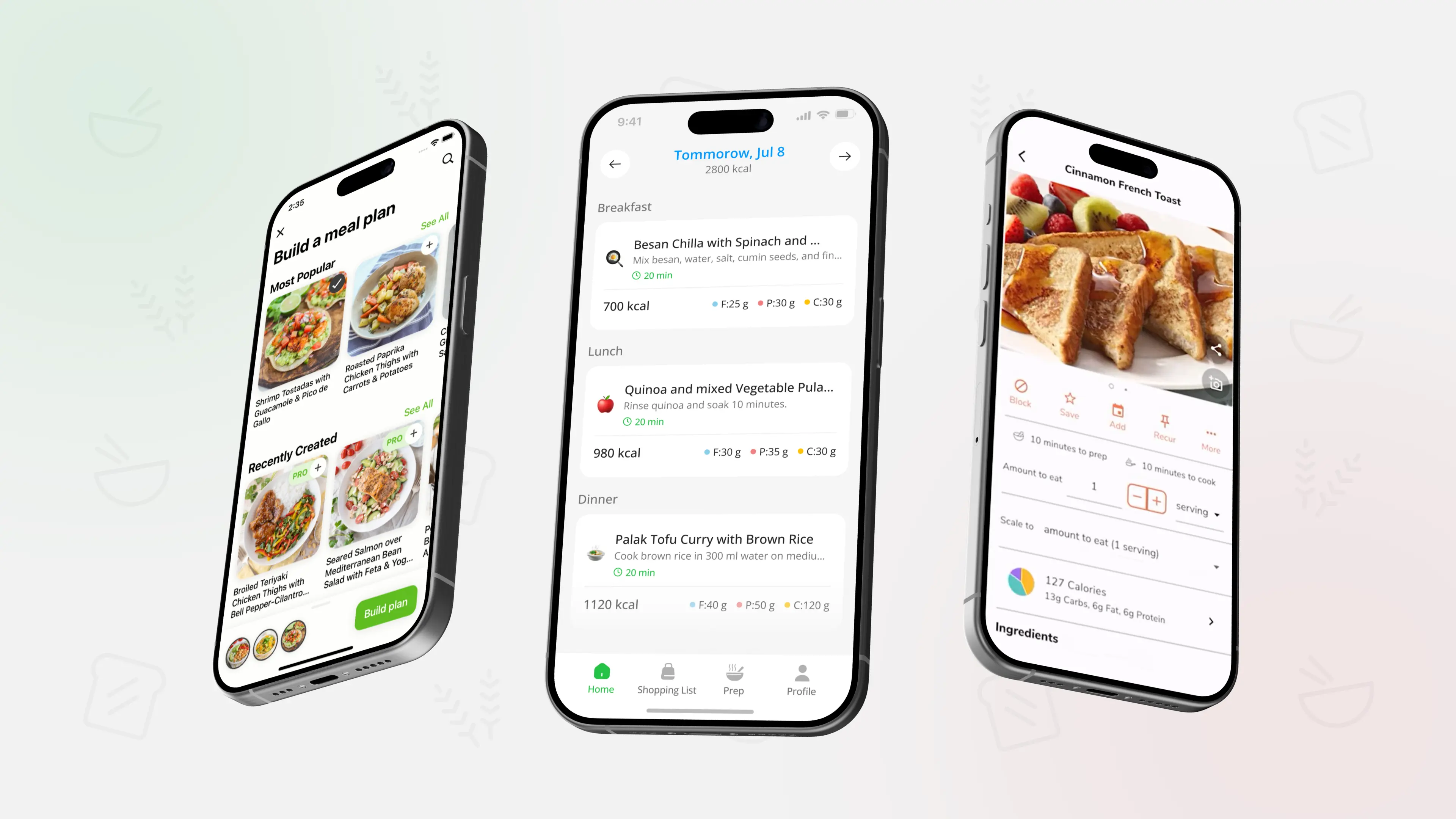$50/Week Healthy Grocery List (US) + 7-Day Menu
%20%2B%207%E2%80%91Day%20Menu.webp)
TL;DR: This is a realistic example of how one adult in the US might eat healthily on about $50 per week by repeating simple meals, choosing store brands, and centering every plate on protein + fiber + smart carbs. Prices vary by store, region, and year, so treat this as a flexible template, not a strict rule.
Ground rules and assumptions
Before the menu and grocery list, a few important notes:
- Who this is for: one reasonably active adult in the US. For two people, you can usually double most items and aim for ~$90–$100/week instead of exactly $100.
- Where the $50 comes from: buying mostly store brands, shopping at lower-cost chains, and choosing beans, lentils, eggs, oats, and frozen vegetables as staples. (Actual prices change over time — always adjust to your local store.)
- Healthy pattern first, recipes second: every meal tries to follow a simple pattern:
- Half plate vegetables or fruit
- A palm of protein (eggs, beans, lentils, yogurt, tofu, canned tuna, chicken)
- A cupped hand of slow carbs (oats, potatoes, brown rice, whole‑grain pasta or bread)
- A thumb of healthy fat (olive oil, nuts, seeds, peanut butter)
If this plate method is new to you, pair this article with Healthy Eating Basics: Build a Balanced Plate for a deeper explanation of why this pattern works.
Don’t want to reinvent budget meals every week? A planner like PlanEat AI can generate a weekly meal plan and grouped grocery list around the same protein + fiber framework, so you can tweak for your local prices and save your favorite combinations.
$50/week 7-day budget menu (example)
This example keeps breakfasts and snacks repetitive to save money and mental energy, while dinners rotate a bit more for variety.
Breakfast rotation (choose one and repeat)
- Oatmeal cooked with water or milk, topped with peanut butter and banana
- Eggs (boiled or scrambled) + whole‑grain toast + a piece of fruit
Snack options (1–2 per day as needed)
- Apple or orange
- Carrot sticks + spoon of peanut butter or hummus
- Plain yogurt with a spoon of oats or chia seeds
Below is a simple 7‑day structure using those pieces.
Day 1
- Breakfast: Oatmeal + peanut butter + banana
- Lunch: Whole‑grain peanut butter sandwich + carrot sticks + an apple or orange
- Dinner: One‑pot lentil & vegetable soup (lentils, frozen mixed veg, canned tomatoes, onion, herbs) + whole‑grain bread
Day 2
- Breakfast: Eggs + toast + fruit
- Lunch: Lentil & veggie soup leftovers + slice of toast
- Dinner: Rice & beans bowl — brown rice, black beans, sautéed onions/peppers, a bit of cheese or yogurt, plus side salad (lettuce/cabbage + grated carrot)
Day 3
- Breakfast: Oatmeal + peanut butter + banana
- Lunch: Rice & beans leftovers wrapped in a whole‑grain tortilla or served over greens
- Dinner: Baked chicken thighs (or tofu) with potatoes and carrots (tray bake) + steamed frozen broccoli
Day 4
- Breakfast: Eggs + toast + fruit
- Lunch: Leftover chicken/tofu with potatoes + broccoli
- Dinner: Tomato & white bean pasta — whole‑grain pasta with canned tomatoes, white beans, garlic, and mixed frozen veg; drizzle of olive oil and herbs
Day 5
- Breakfast: Oatmeal + peanut butter + banana
- Lunch: Pasta leftovers + side of raw veg (carrots/pepper)
- Dinner: Veggie stir‑fry — rice, frozen stir‑fry veg, scrambled egg or tofu, soy sauce/garlic; side of orange or apple
Day 6
- Breakfast: Eggs + toast + fruit
- Lunch: Stir‑fry leftovers in a wrap or over greens
- Dinner: Chili‑style bean stew — mixed beans, canned tomatoes, onion, spices, served over rice or with toast
Day 7
- Breakfast: Oatmeal + peanut butter + banana
- Lunch: Leftover bean stew + side salad
- Dinner: “Use‑what‑you‑have” bowls — any remaining rice/potatoes + beans or chicken/tofu + leftover vegetables, topped with yogurt or a simple oil‑lemon dressing
You can reuse this pattern and just swap details: lentils ↔ chickpeas, broccoli ↔ mixed veg, rice ↔ potatoes ↔ pasta, chicken ↔ tofu. If you prefer a more structured, non‑budget example, see your 7‑Day Balanced Meal Plan (With Grocery List) and adapt ingredients to the cheaper versions listed below.
$50/week US grocery list (approximate)
This is an illustrative list for one adult for ~7 days. Prices are approximate and will change based on store, brand, and year – always check your local flyers.
Pantry & dry goods
- Rolled oats (large store‑brand bag)
- Brown rice (small bag)
- Dry lentils (1 bag) or a couple of canned lentils
- Canned beans (3–4 cans: black, kidney, or mixed)
- Canned tomatoes (2–3 cans)
- Whole‑grain pasta (1 pack)
- Whole‑grain bread or tortillas (1 loaf/pack)
Proteins
- Eggs (1 dozen)
- Chicken thighs (small family pack) or tofu/tempeh block if vegetarian
- Plain yogurt (medium tub)
- Peanut butter (small jar)
Produce (fresh & frozen)
- Bananas (6–7)
- Apples or oranges (4–6, depending on price)
- Carrots (1 big bag)
- Onions (1 small bag)
- Potatoes (small bag) or a few loose potatoes
- Cabbage or lettuce (1 head)
- Frozen mixed vegetables (1–2 medium bags)
- Frozen broccoli or stir‑fry mix (1 bag)
- Optional: 1–2 bell peppers if budget allows
Fats, flavor & extras
- Olive or canola oil (small bottle)
- Garlic (1 bulb) or garlic powder
- Basic spices: salt, pepper, paprika, chili powder or cumin, dried herbs
- Soy sauce (small bottle)
- Optional: small block of cheese for topping
If your local prices are higher, you can:
- Swap some fresh produce for more frozen vegetables, which are often cheaper per serving.
- Use only dry beans/lentils instead of canned (cheaper but require soaking/cooking).
- Buy a larger bag of oats or rice when on sale and treat this plan as part of a month‑long strategy.
If you’d rather not juggle this list in notes and spreadsheets every week, you can drop the same protein-and-fiber staples into PlanEat AI and let it turn them into a reusable meal plan with a grouped grocery list that you tweak for your own store and prices.
How to actually keep it under $50
Some practical habits matter more than the exact recipes:
- Shop your pantry first. If you already have rice, oats, or spices, you can put more of the $50 towards extra produce or protein.
- Lean on store brands. Generic oats, rice, beans, and frozen veg are usually much cheaper with similar nutrition.
- Repeat meals on purpose. Budget and health both benefit from repetition. Having the same breakfast most days is a feature, not a bug.
- Cook at least one big pot and one tray bake. Soups/stews and oven trays are efficient on both energy and time. If you like this style, you may also enjoy your 2‑Hour Weekend Meal Prep: Cook Once, Eat All Week and 15 Single‑Recipe Meal Prep Ideas.
- Freeze extra portions early. If you know you won’t eat something by Day 3–4, freeze a portion on the day you cook it for a future week.
FAQ
Is $50 per week realistic in the US right now?
It can be, for one adult, if you:
- Shop at lower‑cost stores,
- Choose mostly beans, lentils, eggs, and frozen veg,
- Stick to simple recipes and minimal snacks/drinks.
That said, food prices change over time and vary a lot by region. Treat $50 as a target template. If your area is more expensive, aim for the lowest sustainable number for you (e.g., $60–$70) using the same structure.
Can I make this vegetarian or vegan?
Yes. Replace chicken with tofu, lentils, or extra beans, rely on peanut butter and beans for protein, use plant‑based yogurt, and keep the same plate pattern. You may want to budget a little extra for things like tofu or fortified plant milk.
What if I need more calories or protein?
Use the same foods, slightly larger portions:
- Add an extra egg or spoon of peanut butter,
- Increase rice/potato portions,
- Add another scoop of beans or lentils to soups and stews.
Can I use this for a family?
You can use the same structure but costs will scale with the number of people and appetites. For a family, it’s often easier to plan at the weekly meal plan level first (breakfast/lunch/dinner skeleton), then drop in a few budget recipes like the ones here. batch on the day you cook.
How do I stop getting bored with such a simple menu?
Keep the structure and change small details:
- Rotate spices (Mexican‑style week vs Italian‑style week),
- Swap beans (black vs chickpeas vs lentils),
- Vary frozen veg mixes,
- Add one “fun” low‑cost item each week (like salsa, hot sauce, or a different fruit).
Over a month, you’ll have several variations of this $50‑style plan that feel quite different, even though the shopping list looks similar.
This article is for general education only and does not replace personalized advice from a registered dietitian or doctor. Always adapt budgets and nutrition to your own health, location, and family situation.
$50/week healthy grocery list that actually works
Build a simple $50/week grocery list around protein, fiber and smart carbs. Repeat core breakfasts and dinners, batch one pot of soup or stew, and stretch ingredients across a full 7-day menu without feeling deprived.


.webp)
.webp)
.webp)
.webp)
.webp)
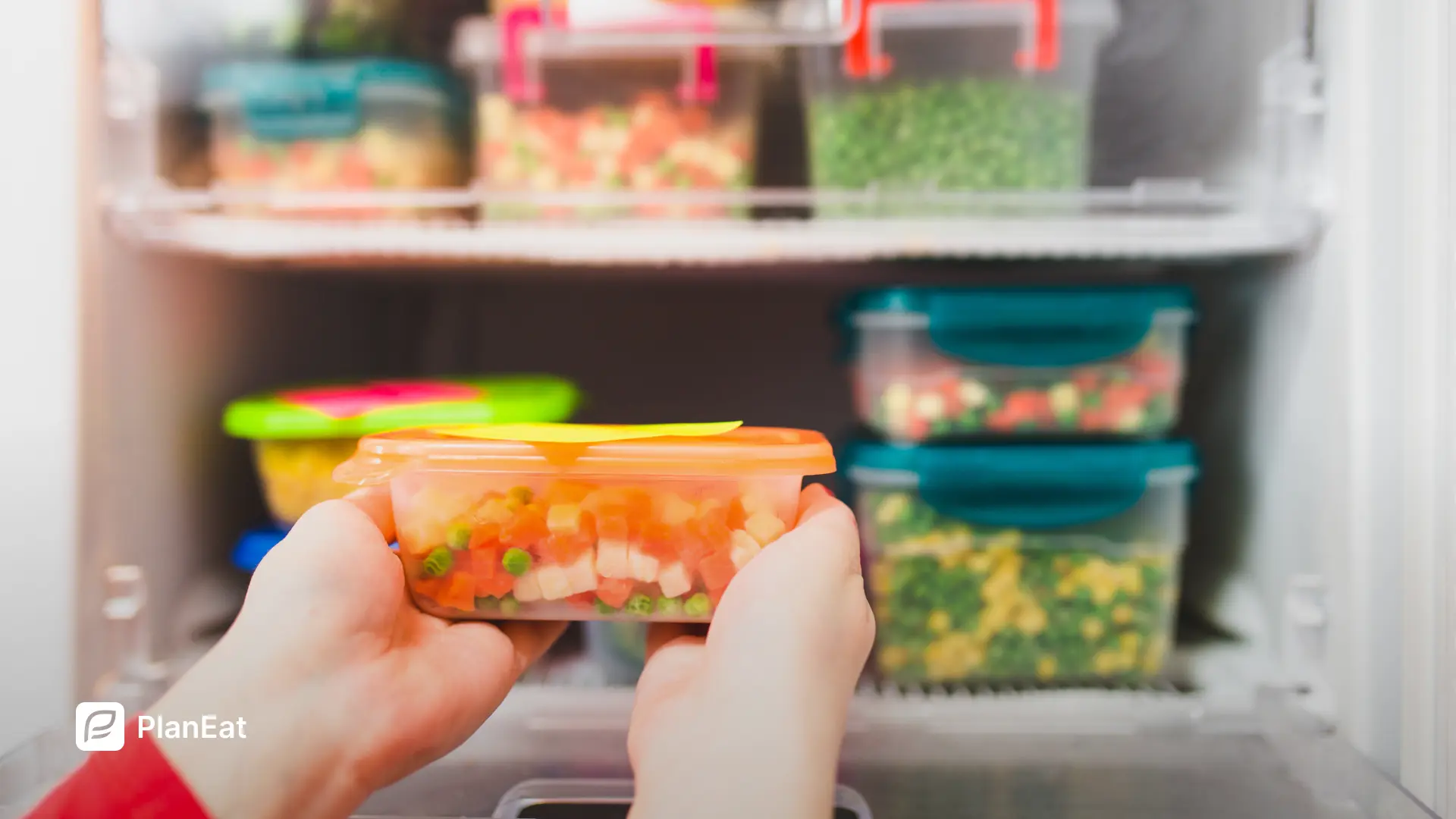
.webp)
.webp)
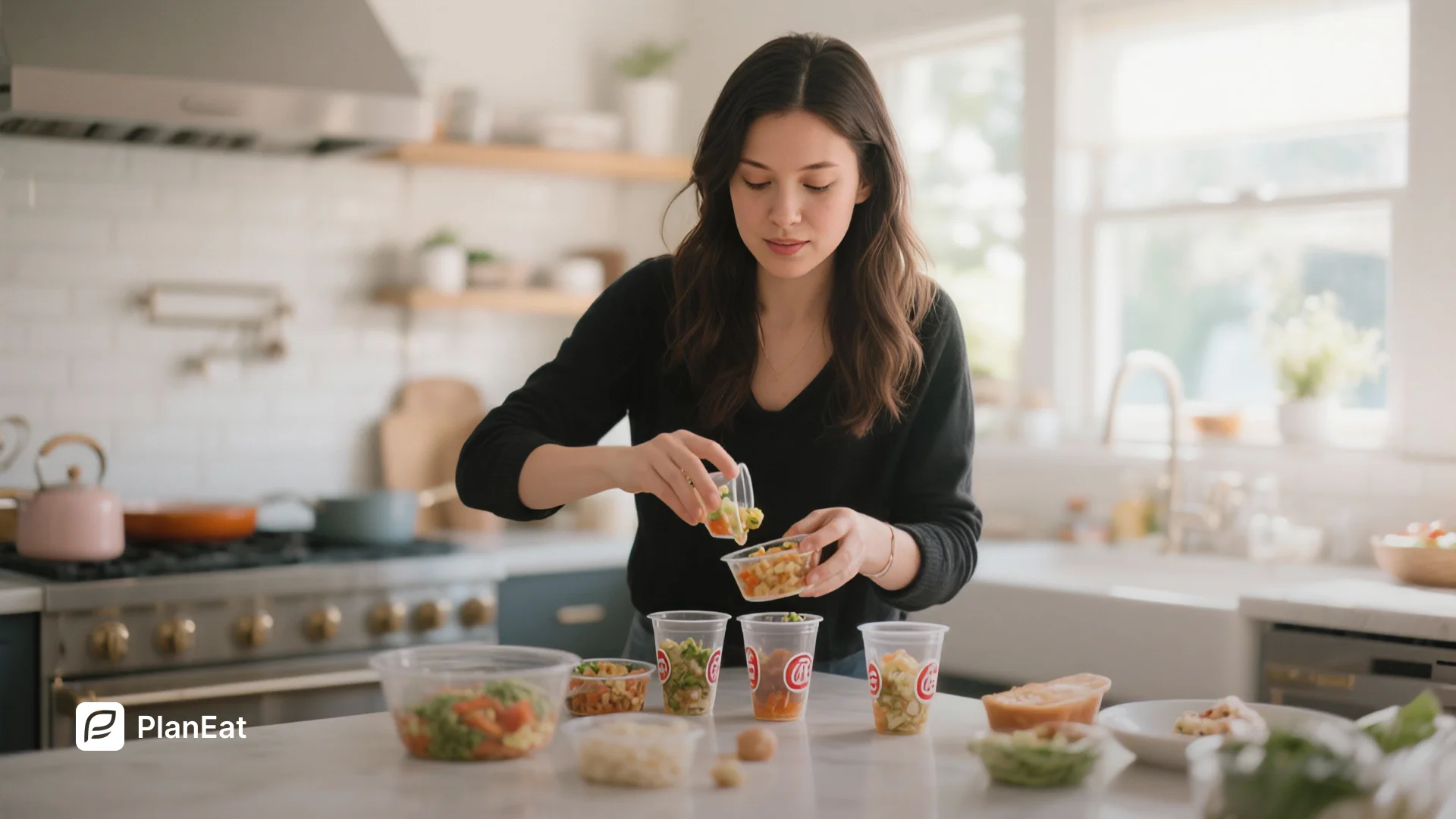
.webp)
.webp)
..webp)
.webp)
.webp)
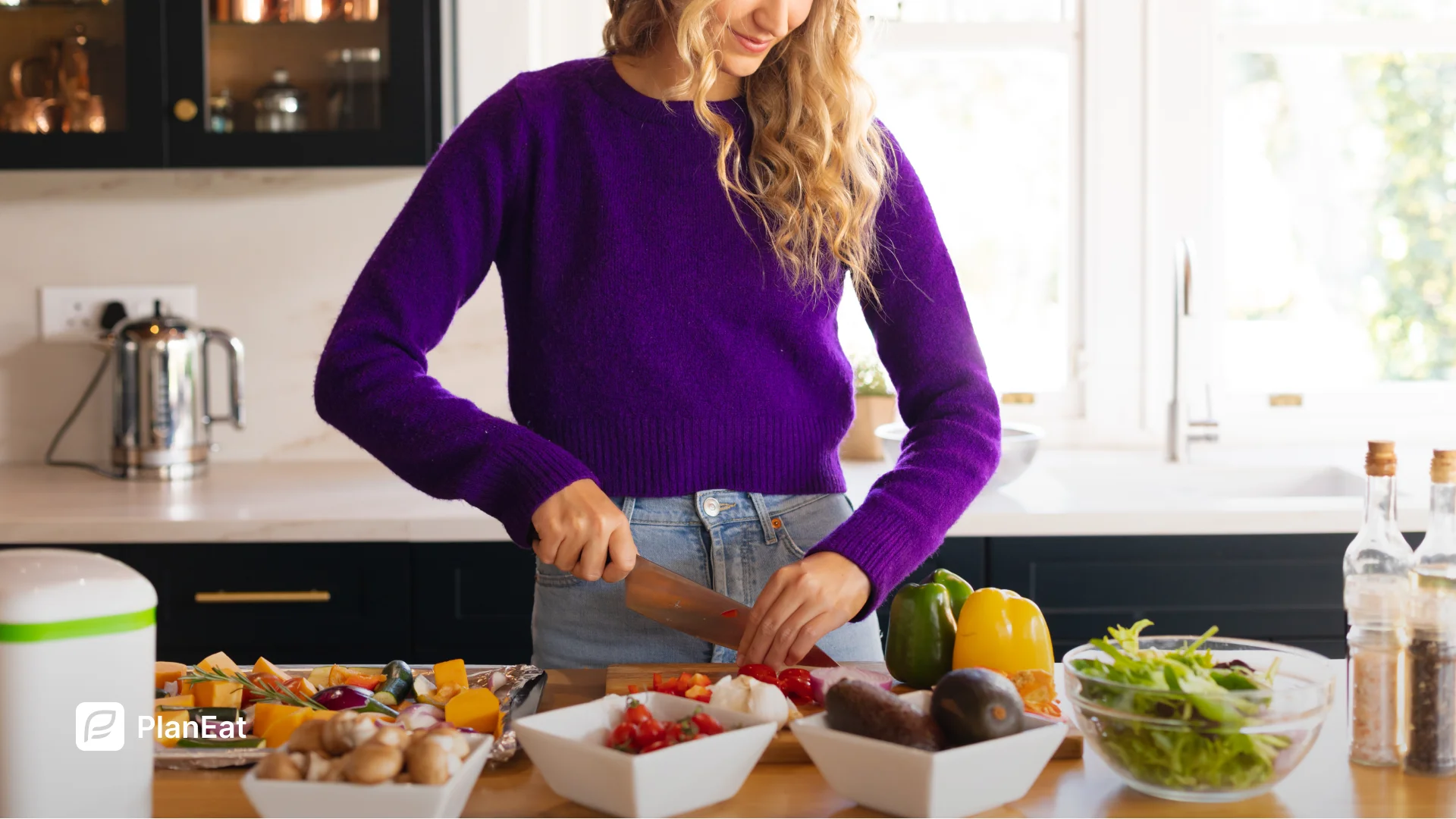
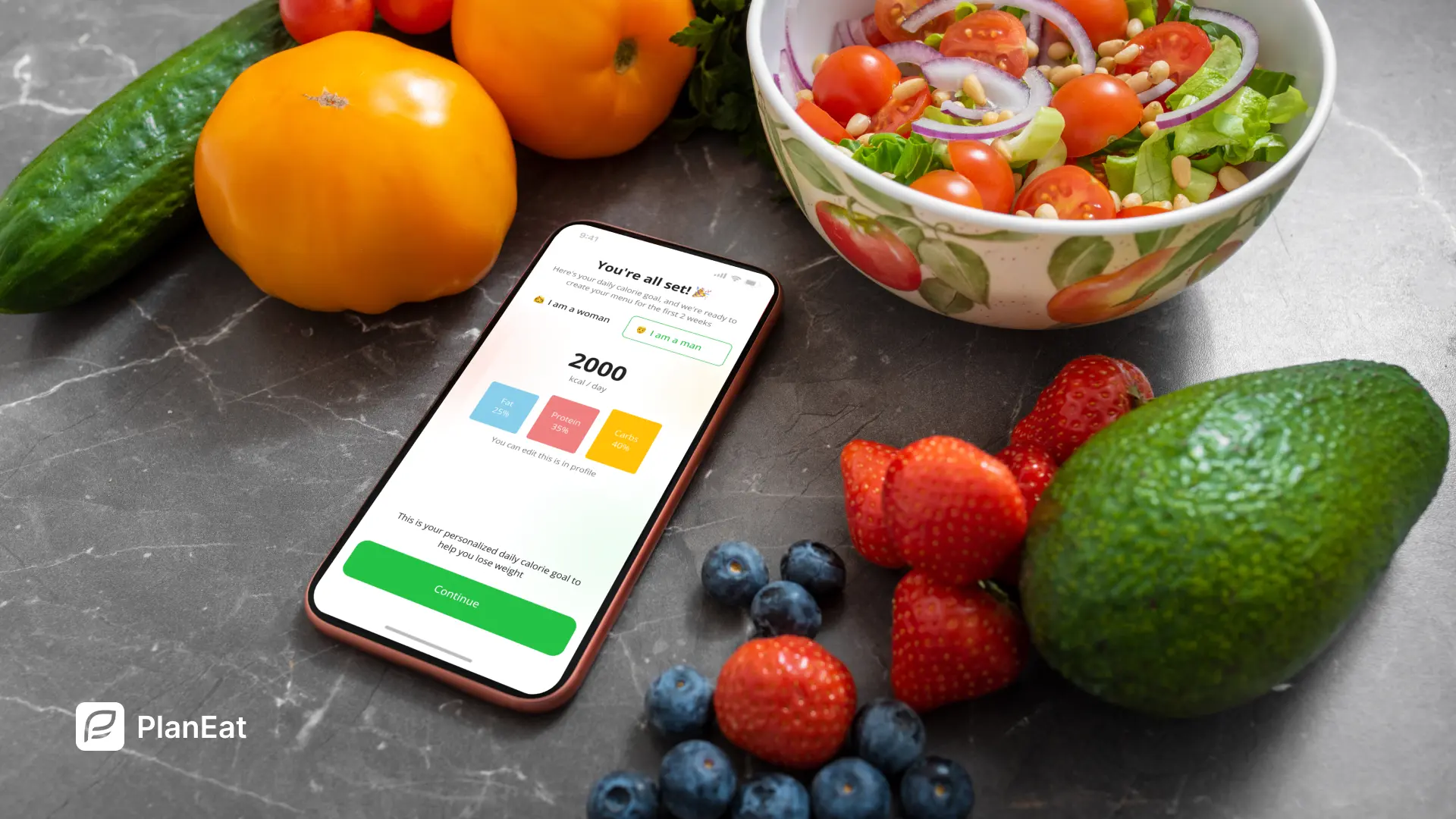
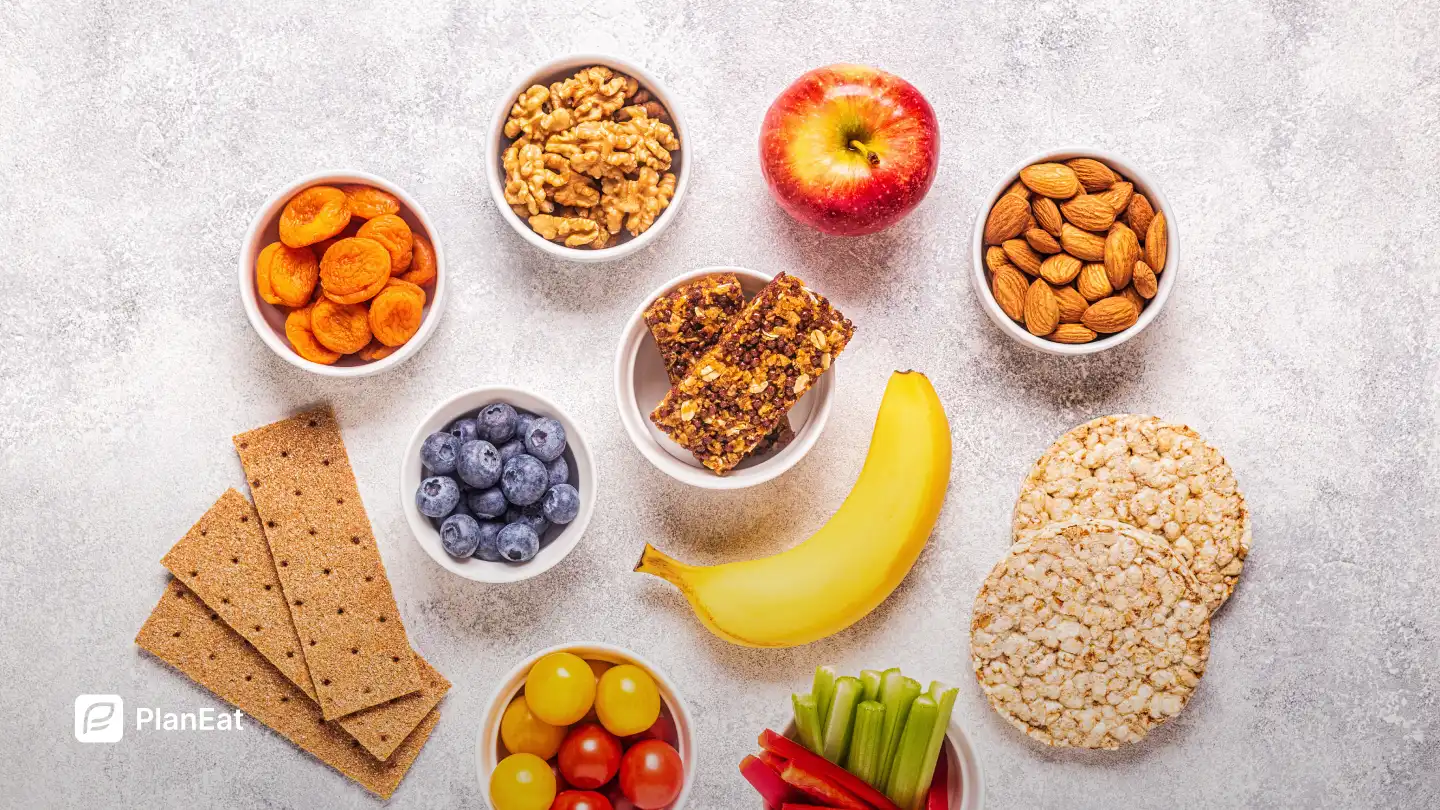
.webp)


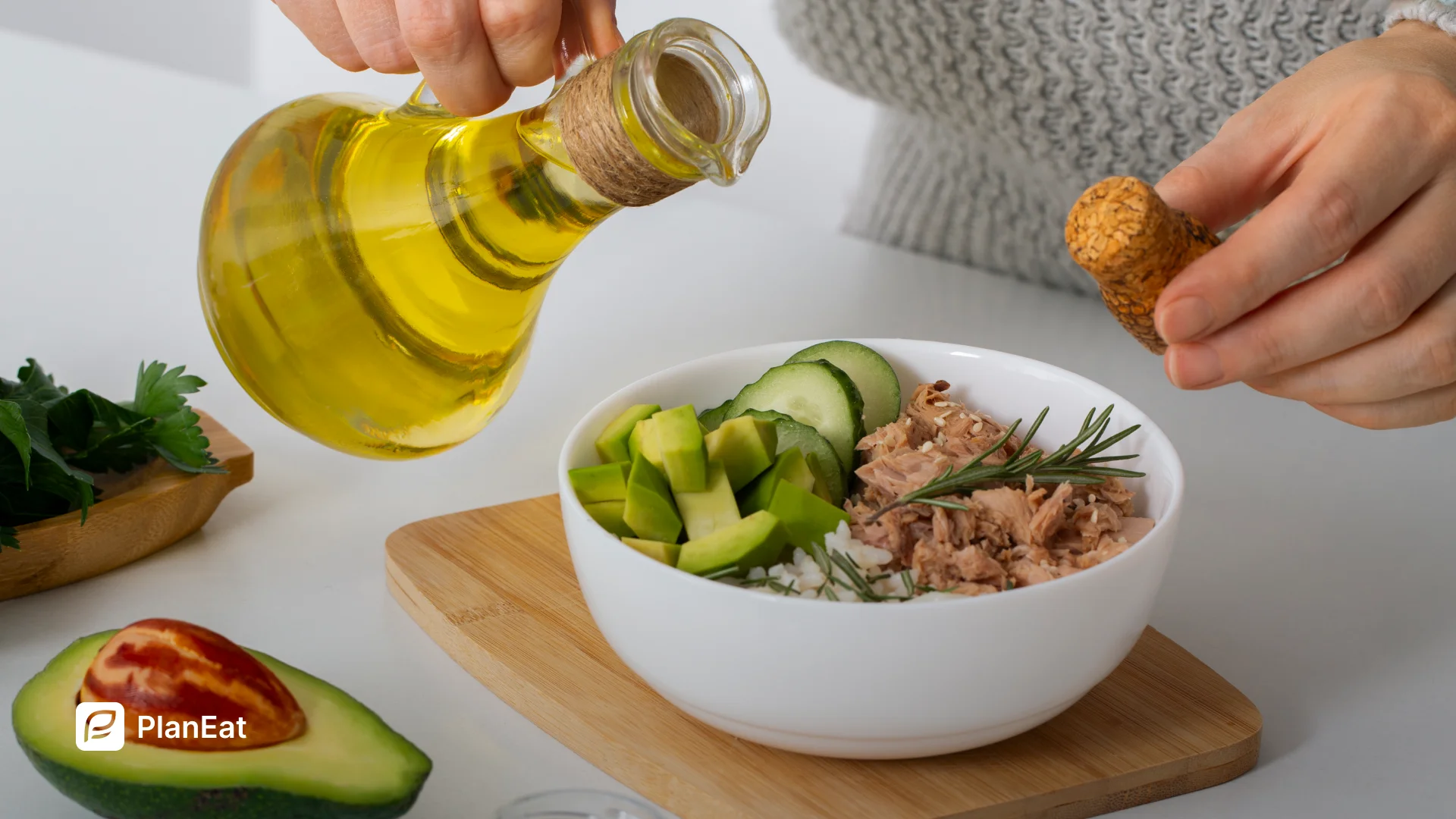
.webp)



.webp)
.webp)
.webp)




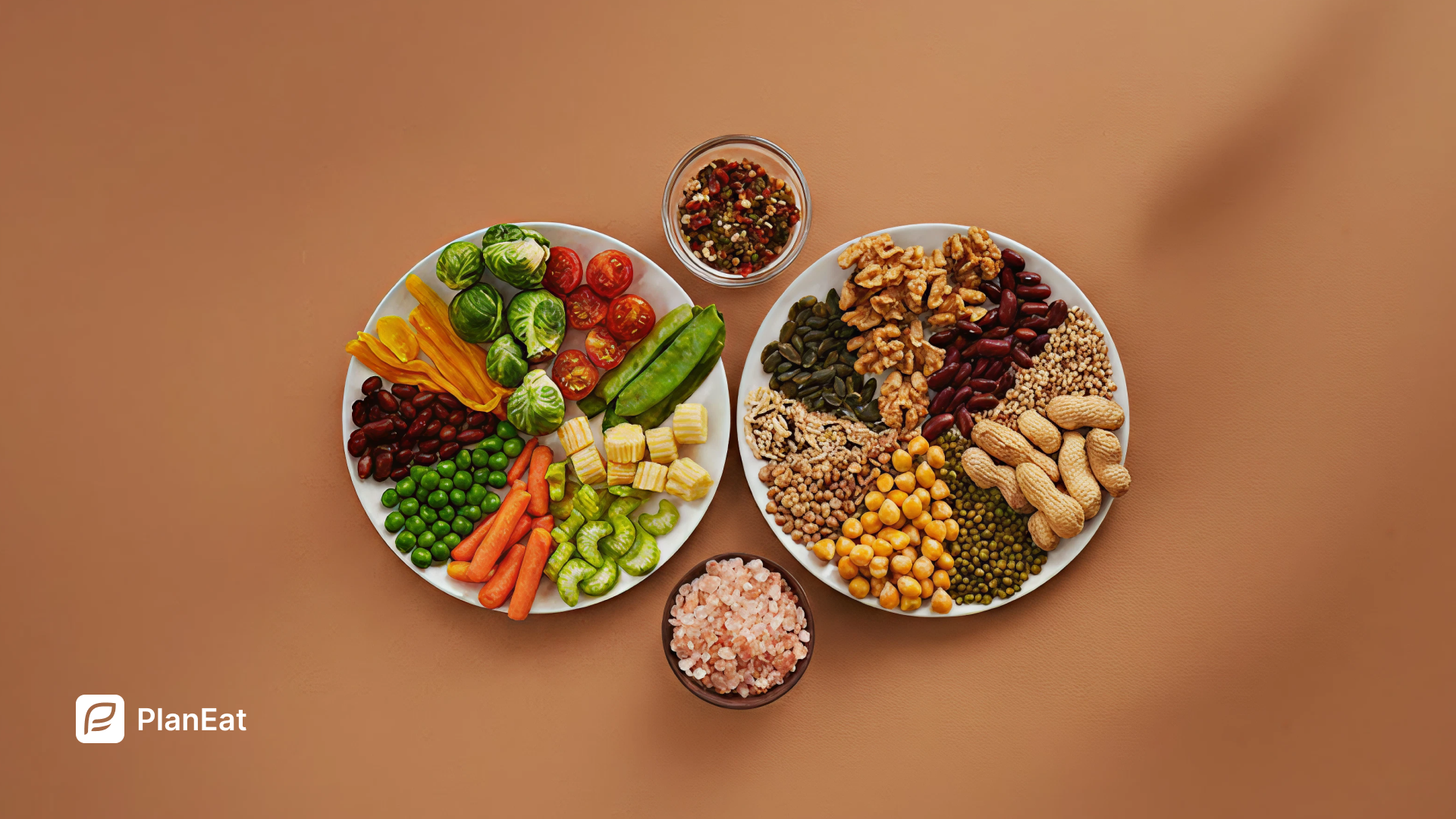
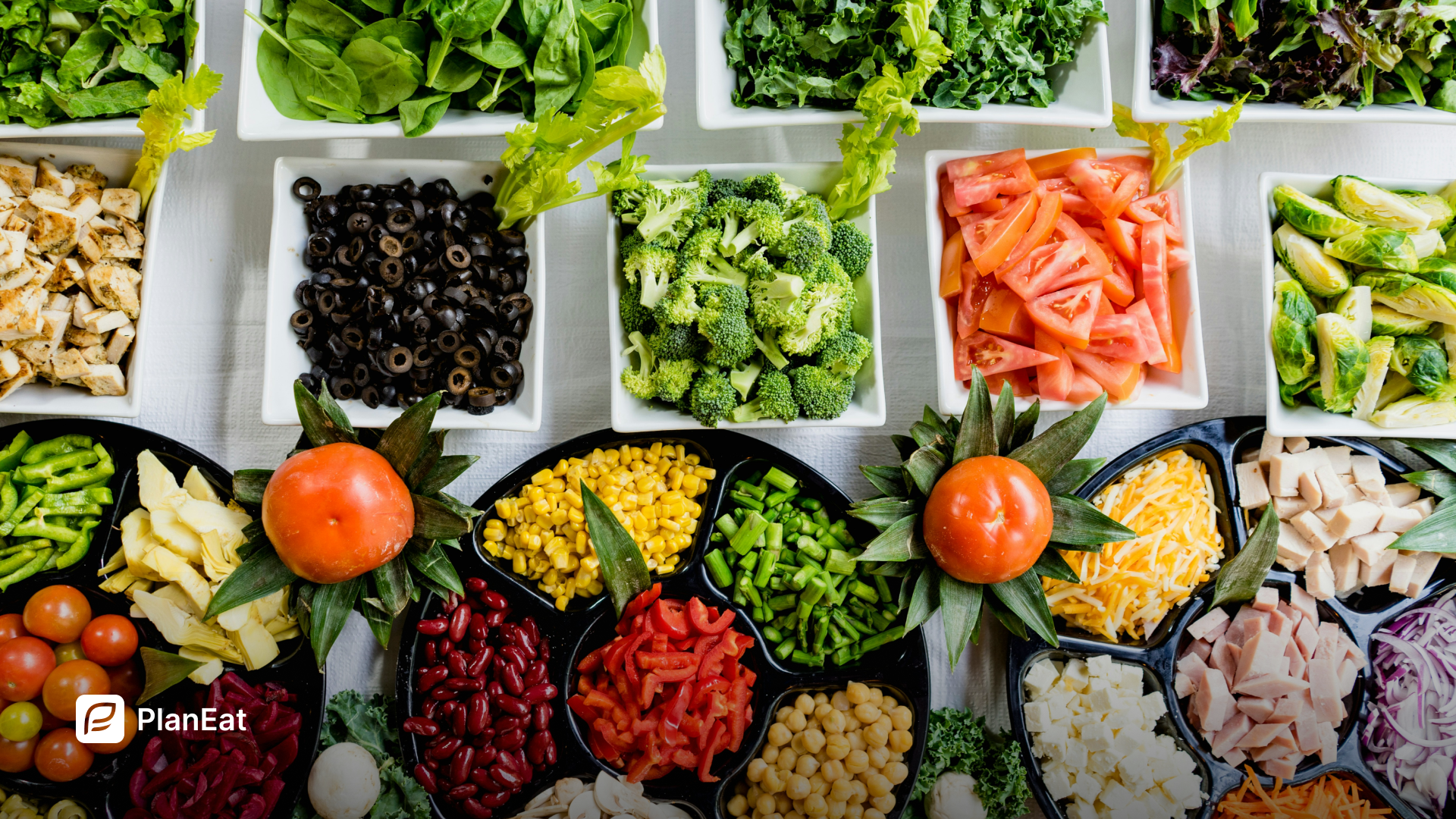
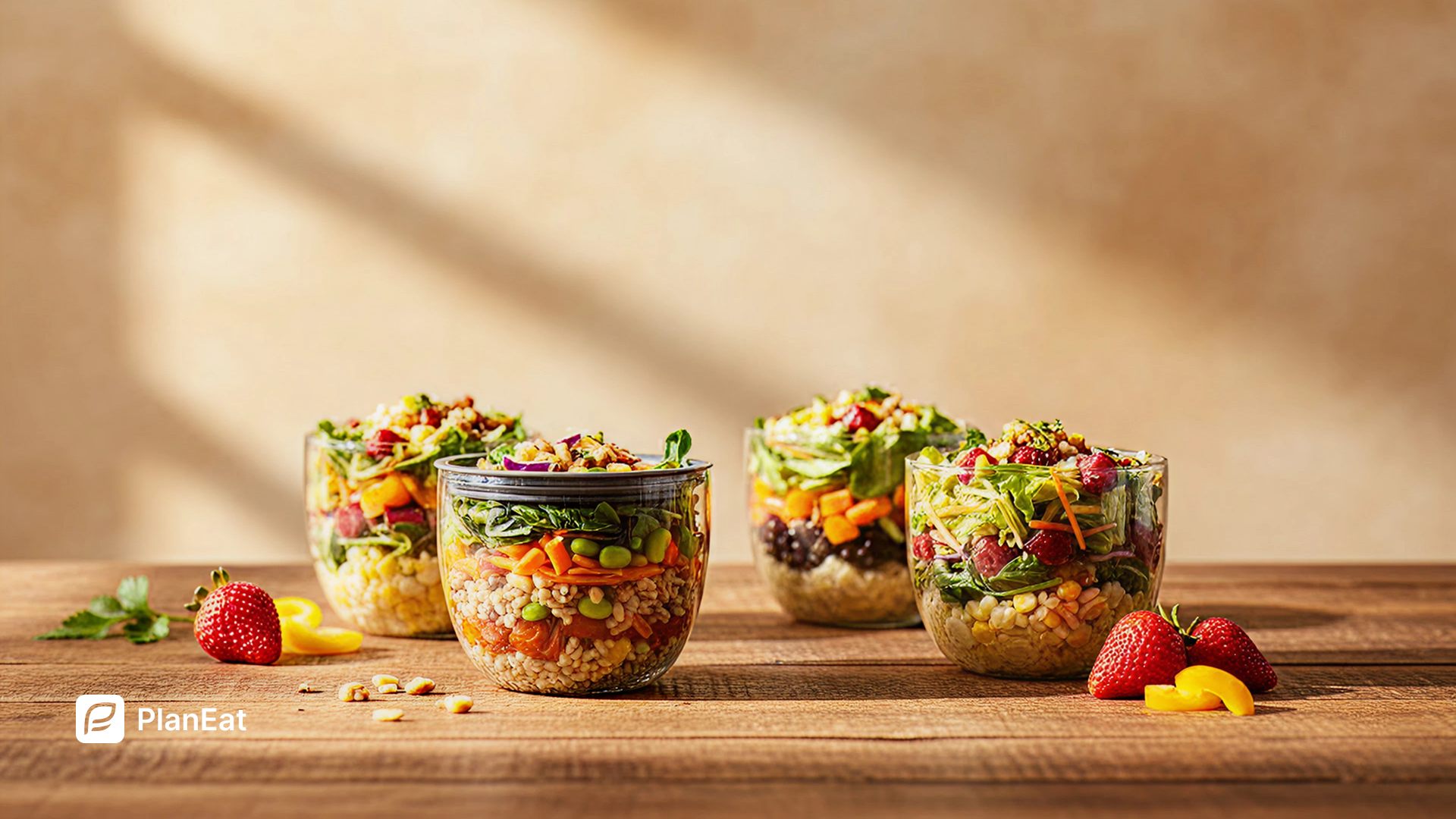

.webp)

